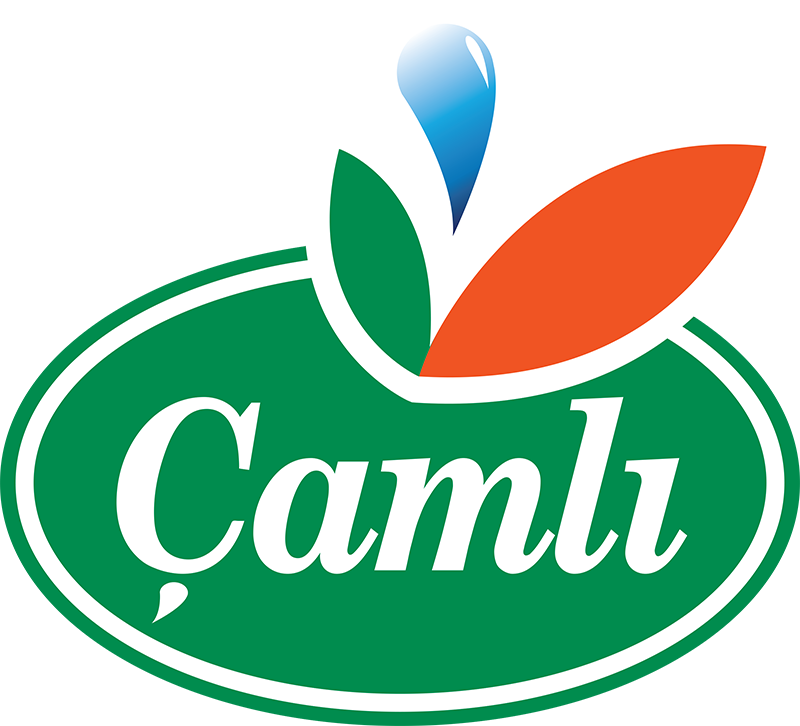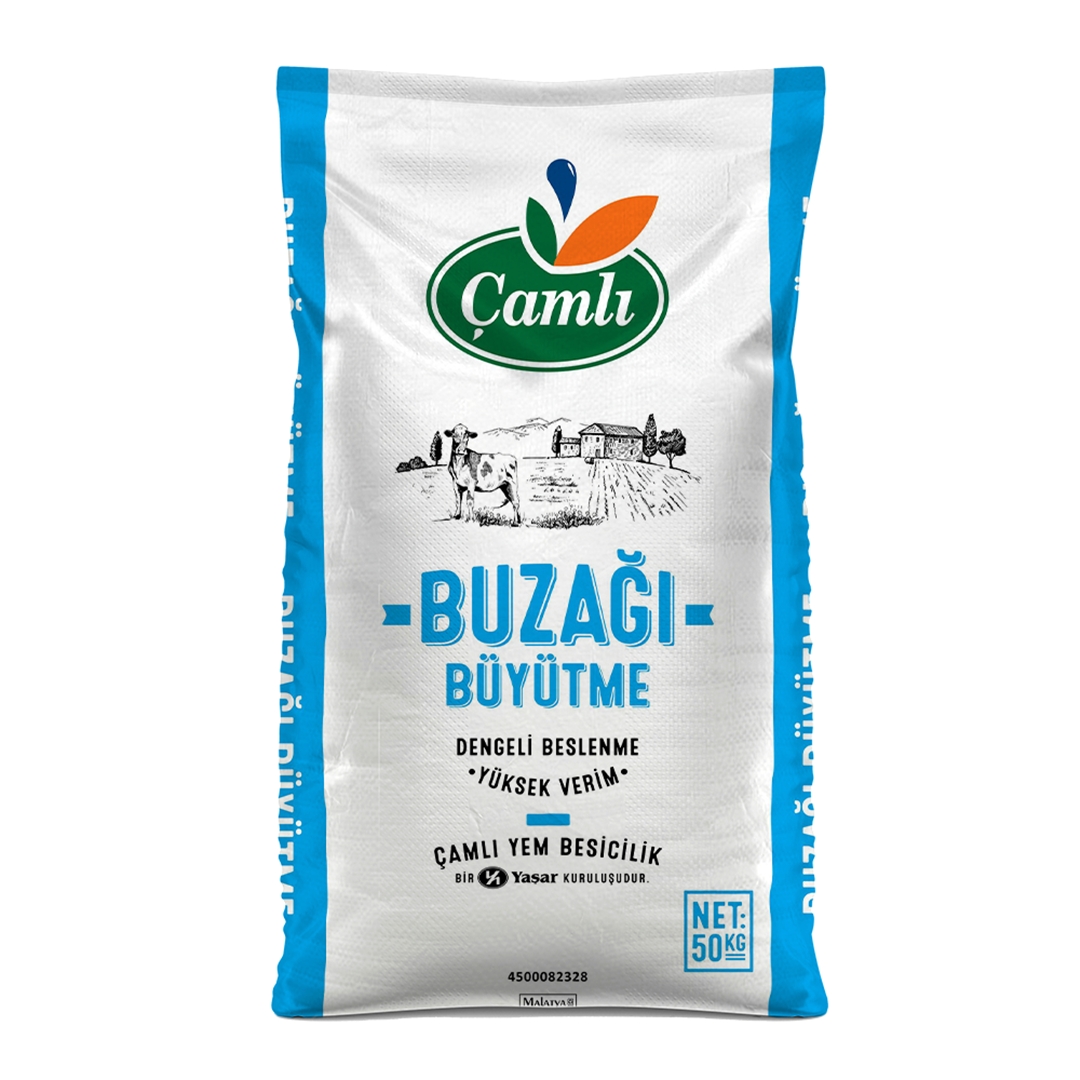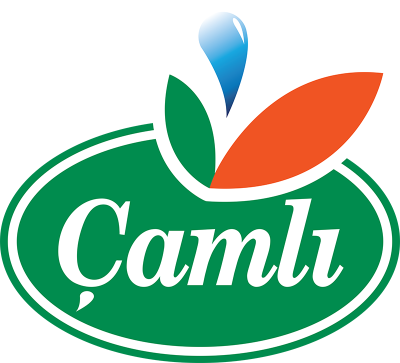Features
- Accelerates the physical development of the rumen, increasing feed utilization.
- Strengthens the immune systems of calves.
- Enhances growth performance due to highly digestible raw materials in its composition.
- Enables earlier use of females for breeding with high growth performance. Plays an active role in high conception rates during the reproduction period and high milk production during the lactation period.
Important Information
Immediately after a normal birth, the calf’s mouth and nose area should be quickly cleaned, and it should begin breathing as soon as possible. Right after birth, the mother needs to lick the calf to stimulate its circulation and respiration. This action also helps dry the calf. If the mother does not lick the calf, this process should be done manually by massaging with a dry cloth. Immediately after birth, the calf’s umbilical cord should be cut about 4-5 cm away and cleaned with an appropriate antiseptic.
Also, the calf should be fed approximately 2 liters of colostrum by bottle within the shortest possible time after birth (within the first hour). Additionally, at least 2 more liters of colostrum should be given within the following 8-12 hours.
A calf that has stood up should be moved to its individual pen as soon as possible. The pens should have a floor area of 1.5–2 m², with plenty of bedding, be clean, well-ventilated, receive enough natural light, and be sheltered from prevailing winds. Clean water and starter feed should always be available and easily accessible in the pens. It is important that the feed trough and waterer are separate. For the first 30 days, or until the calf starts consuming 450-500 grams of starter feed daily, milk should be given in two meals totaling 4–6 liters per day. Practically, the amount can be up to 10% of the calf’s body weight. After this period, the daily milk amount is reduced to 2–3 liters. Milk feeding continues until the calf consumes about 1 kg of starter feed daily, at which point weaning should occur. Calves with growth retardation or health issues should be fed milk for a longer period until their problems improve before weaning. Additionally, in very cold or rainy weather, weaning may be postponed temporarily until conditions improve.
Milk should be given with a bottle at a temperature of 38°C, observing necessary hygiene measures. In very cold weather, the amount can be increased by 50%. When calves start consuming 500-600 grams of starter feed daily, good quality dry forage can be introduced. If poor-quality forage is given in large amounts or started too early, problems arise. This situation reduces starter feed intake, slows rumen development, and negatively affects daily weight gain and growth. It is advisable that the amount of starter feed given early on does not exceed 10-15% of the total. Another important point to consider during the starter period is to avoid making many changes in care and feeding at the same time, and not to group calves together before their development and health status are appropriate. Healthy calves between 3 to 6 months of age begin to be housed together in group pens. During this period, good quality calf grower feed, free access to clean water, and good quality dry forage should be provided. It is beneficial to keep the animals in pens with dry, clean bedding, good ventilation, adequate natural light, and sufficient paddock and feeding space per animal. It is recommended to group animals of similar age as much as possible. The number of animals in one pen should not exceed 20-25. It is also advisable to follow a protocol for the vaccination and health care of our calves.



